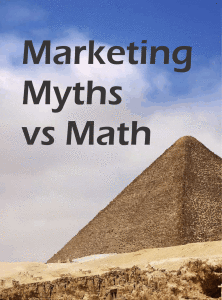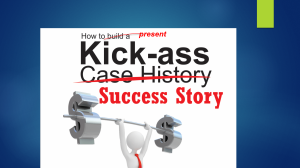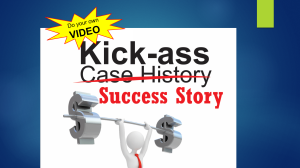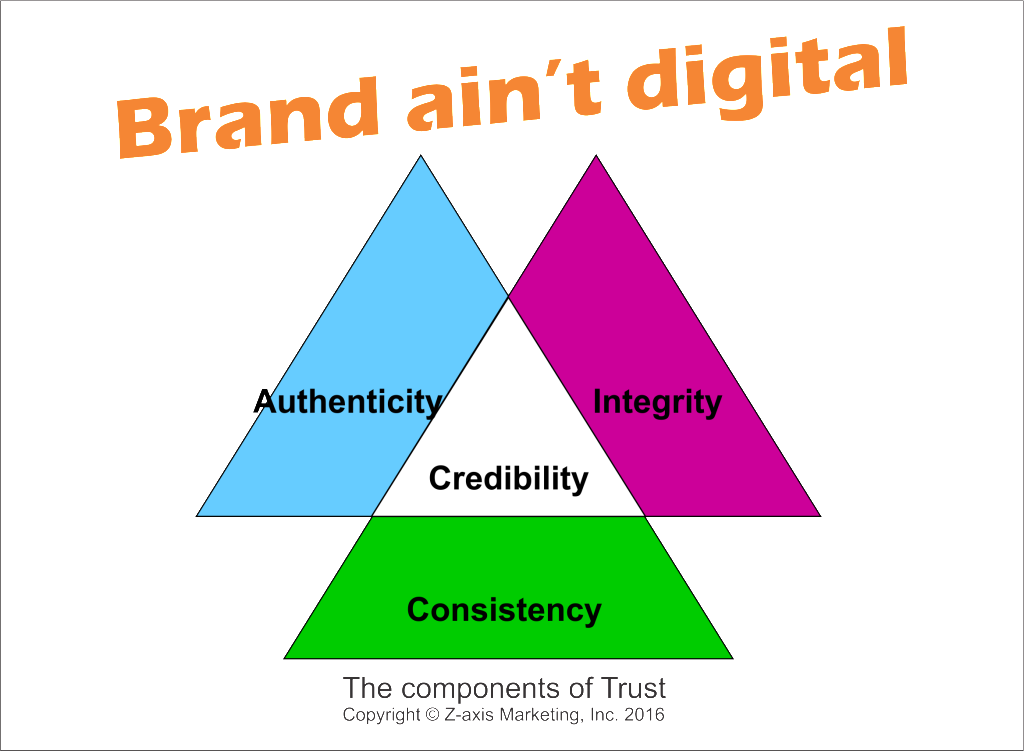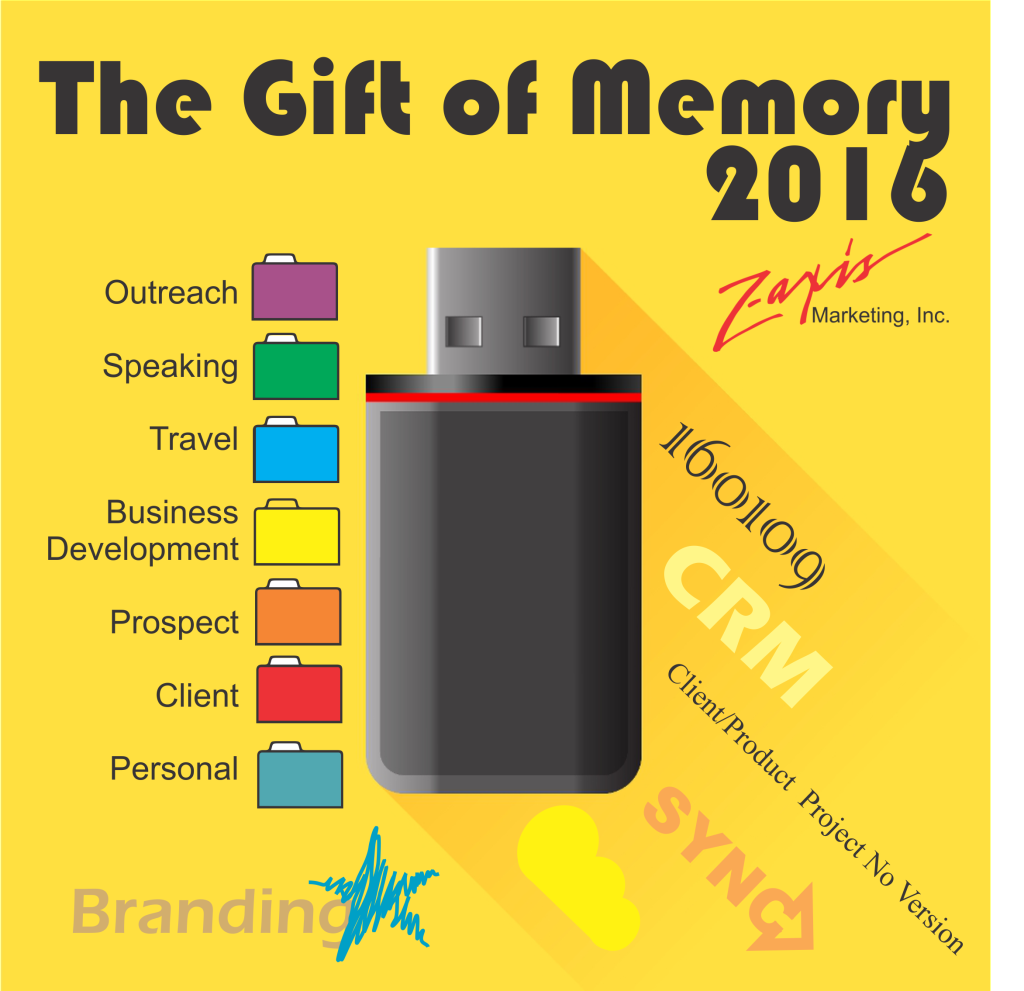Bubba, the brand Buddha was pontificating as I slid into my seat. “Tain’t always what you say that matters, It’s what people hear.”
“What people believe already can be a big chunk of that,” I agreed. (I’m Jerry Fletcher and I’m the Watson of this unruly crew that meets over lunch on Fridays.) 
“What people believe can make a real difference whether you’re talking printing or politics,” said Kate. “I’ve been in sales since I was teenager and both learning the right language to use and teaching folks to understand how important it is has been difficult for me.
Never let anyone tell you there aren’t different dialects in America. There are racial differences, geographic differences, class differences, age differences and where folks are in the customer journey differences. You can’t just blather along. You’ll never make a sale if you aren’t listening and using their words, viewpoints and meanings. You have to talk to them where they are now, in the moment.”
“Got an example?” Chris asked.
She asked him, “Did you ever go to Las Vegas?”
“Sure,” he replied. “It’s the gaming capital of the Universe.”
“And there’s your answer, plainer’n a cake donut with pink icing and sprinkles,” said Bubba.
Chris looked at him completely non-plussed.
“Think about what you just said,” continued Rob in his typical molasses patience voice. You said gaming. That word never was used in the old days as a reference to Vegas or Atlantic City before all the Indian Casinos and the ones on steamboats docked in Mississippi.
Back in the 1970’s Wall Street shifted from calling it the gambling industry to the gaming industry. By the 1990’s only politicians called it Gambling. For a time Las Vegas was promoted as a family vacation spot. Now it’s a little naughtier, you know, what happens in Vegas stays in Vegas.”
Folks heard the new word and over time the industry was perceived differently.”
The donut demo
“Let me use that donut idea to demonstrate how this works for Chris,” I said. People go through a number of phases where we can change how they think about a company or product or service:
- Awareness
- Consideration
- Intent
- Purchase
- Satisfaction
- Repeat
At every point on that spectrum you can provide content that will convince, persuade and keep them in your funnel even after they buy.”
Ramping it up
Rob jumped back in saying, “But y’all are mostly working on the front end of that process so you should know how to ramp up there first:
- Awareness—Listen for the symptoms. Find out how it’s pushin’ on their business. Now, take it a step further and figure out the problem and help ‘em understand it in that larger context.
- Consideration—This phase is when they’re bangin’ around looking for information Build strategic website pages or videos or blogs or other kinds of content that homes in on the clear ways you can solve specific kinds of prospect’s problems. The more directly it responds to their need the better.
- Intent— is when they have come to the point where they intend to make a purchase. The information you provide at this point in their path to purchase should include examples of how others have profited from your product or service, that’s hard data, analytics that prove your point but most importantly. Make sure it fits with your earlier information. Include first hand suggestions, observations and comments.”
The Takeaways:
The customer journey or path to purchase doesn’t end when they plunk down the cash.
You have to prove that you know their concerns and interests.
The clincher is most often the small detail that you’ve observed from their questions, or observations they make. Always ask why they selected your product or service.
Jerry Fletcher’s blog recaps conversations with clients, prospects and the unruly mob of business development professionals he consorts with. They discuss marketing that works from solopreneur to enterprise level. Jerry, The Consultant’s Communication Consultant, is the ringleader and “Watson” of the dialogue. Sign up for the blog and other publications at: www.JerryFletcher.com/Profit.html
Jerry has been researching and implementing small business marketing that builds businesses, careers and lives of joy for 25 years as President of Z-axis Marketing, Inc. Learn more at www.JerryFletcher.com
Schedule a personal appearance. Jerry speaks internationally on Networking, Marketing and Contact Relationship Magic. www.NetworkingNinja.com


